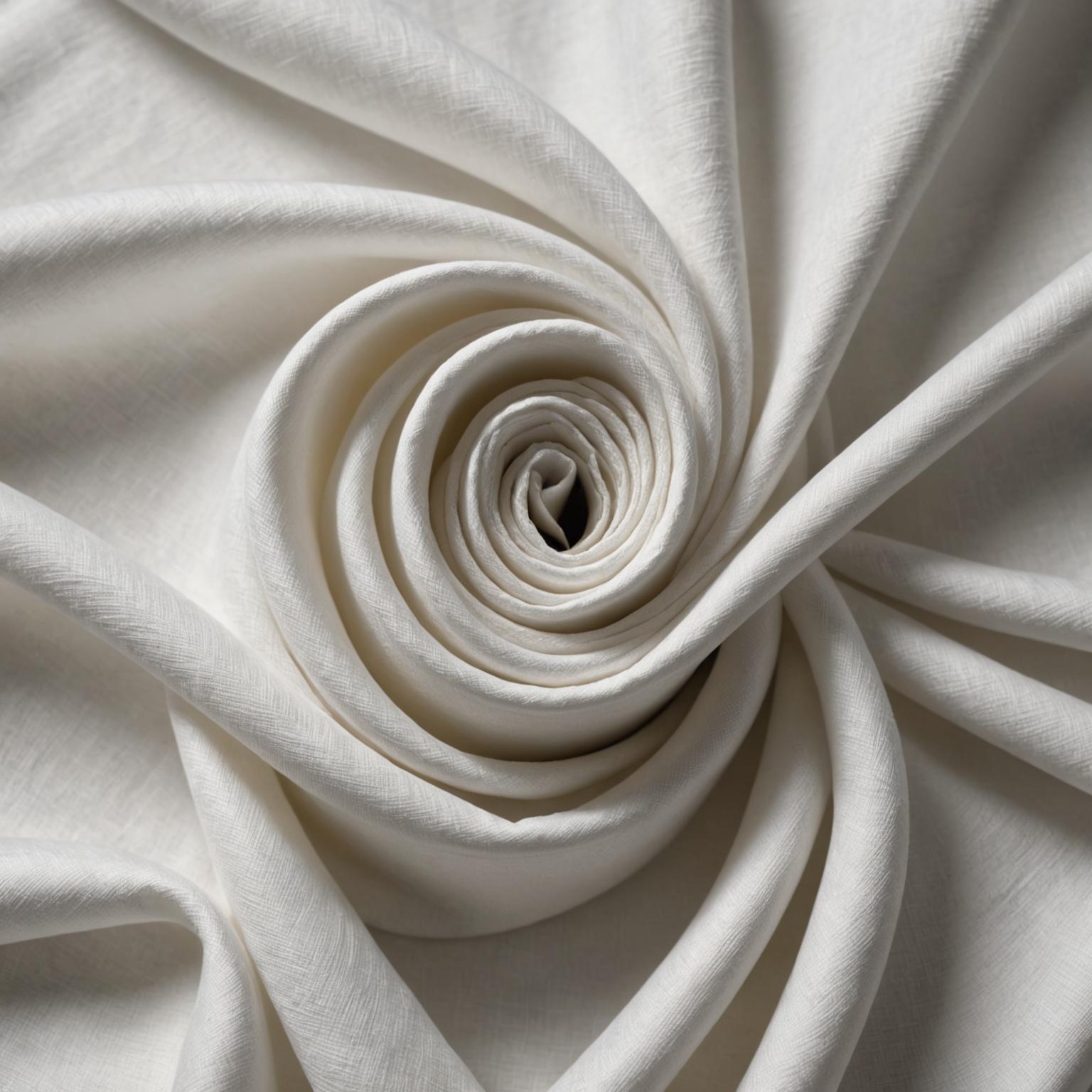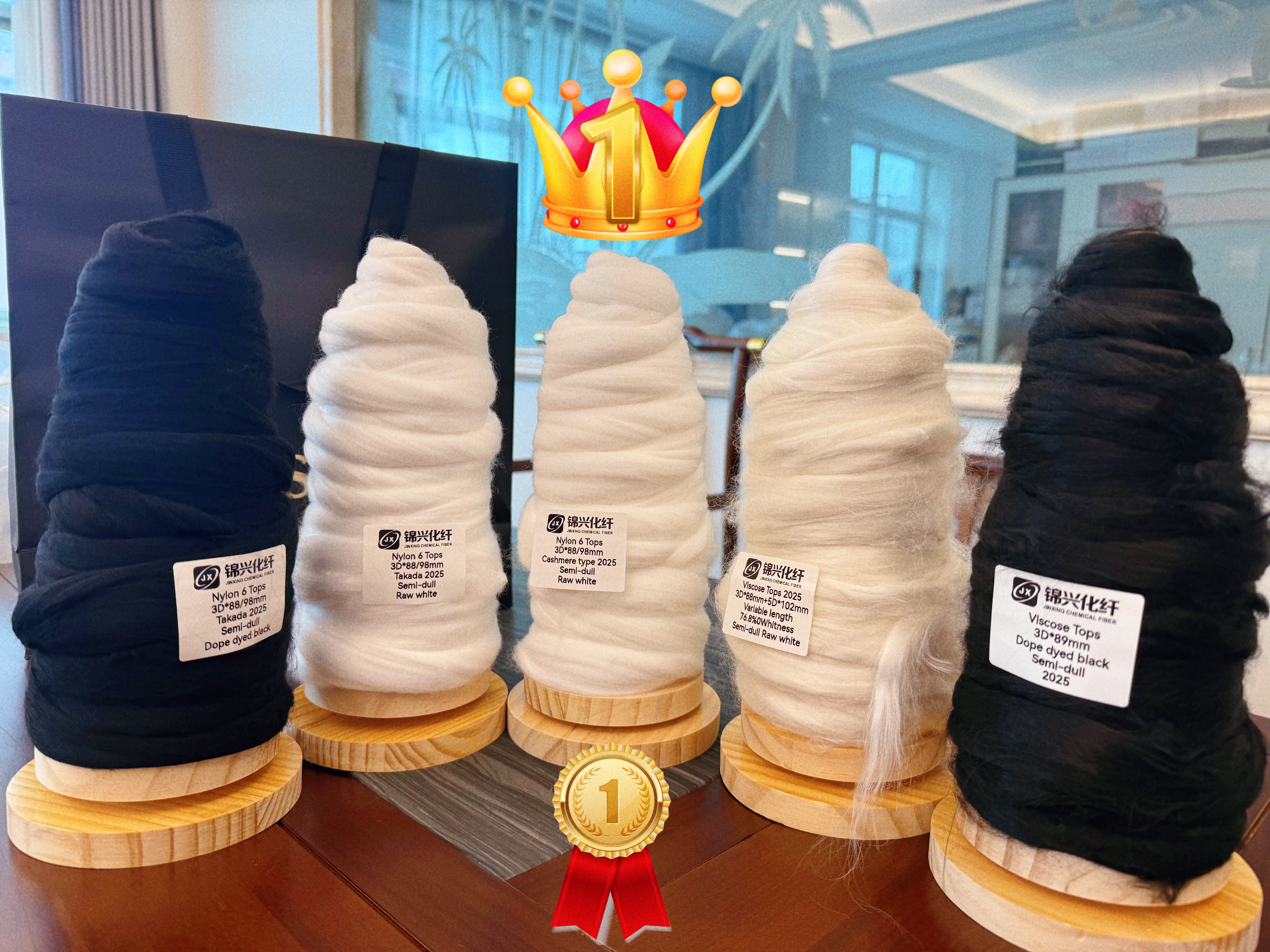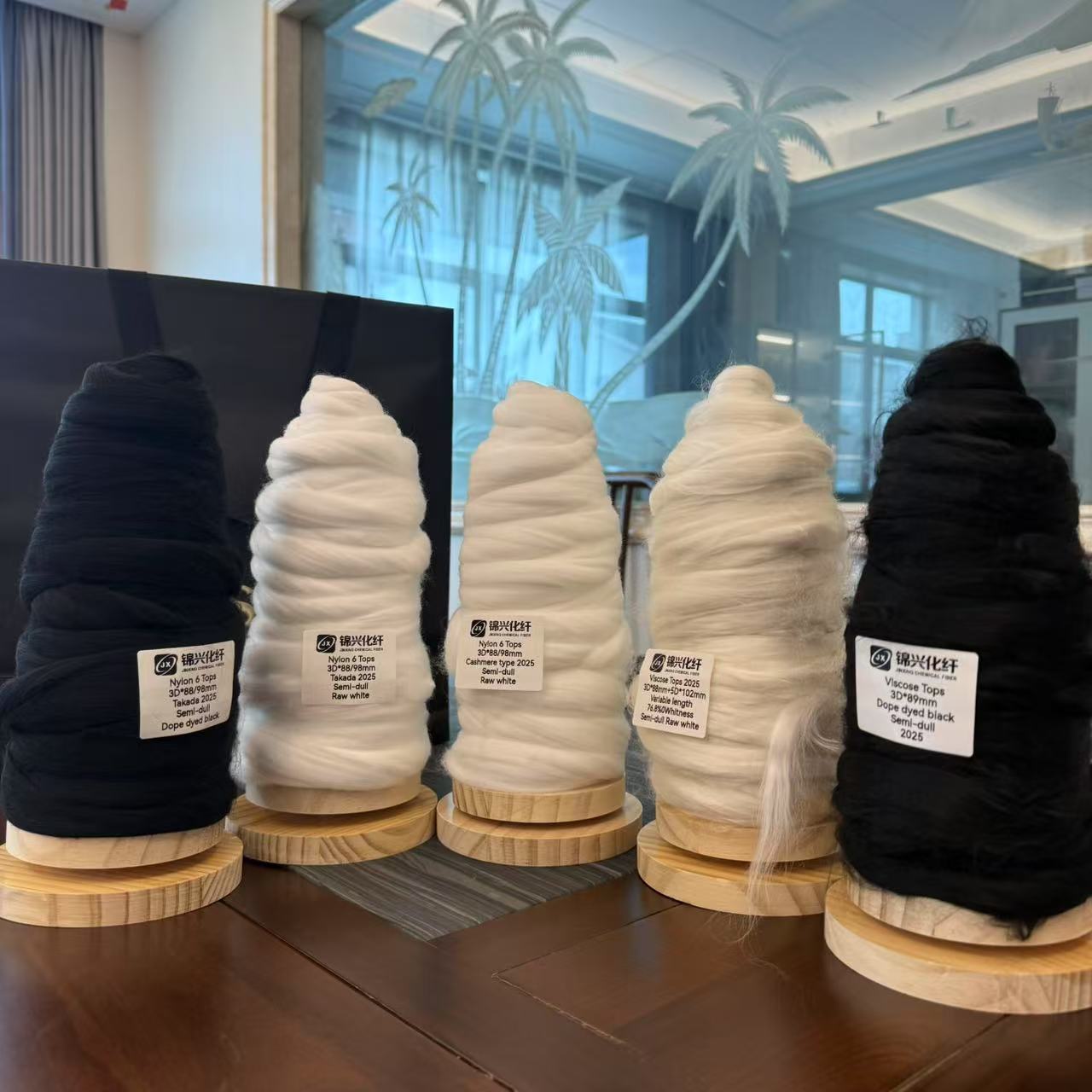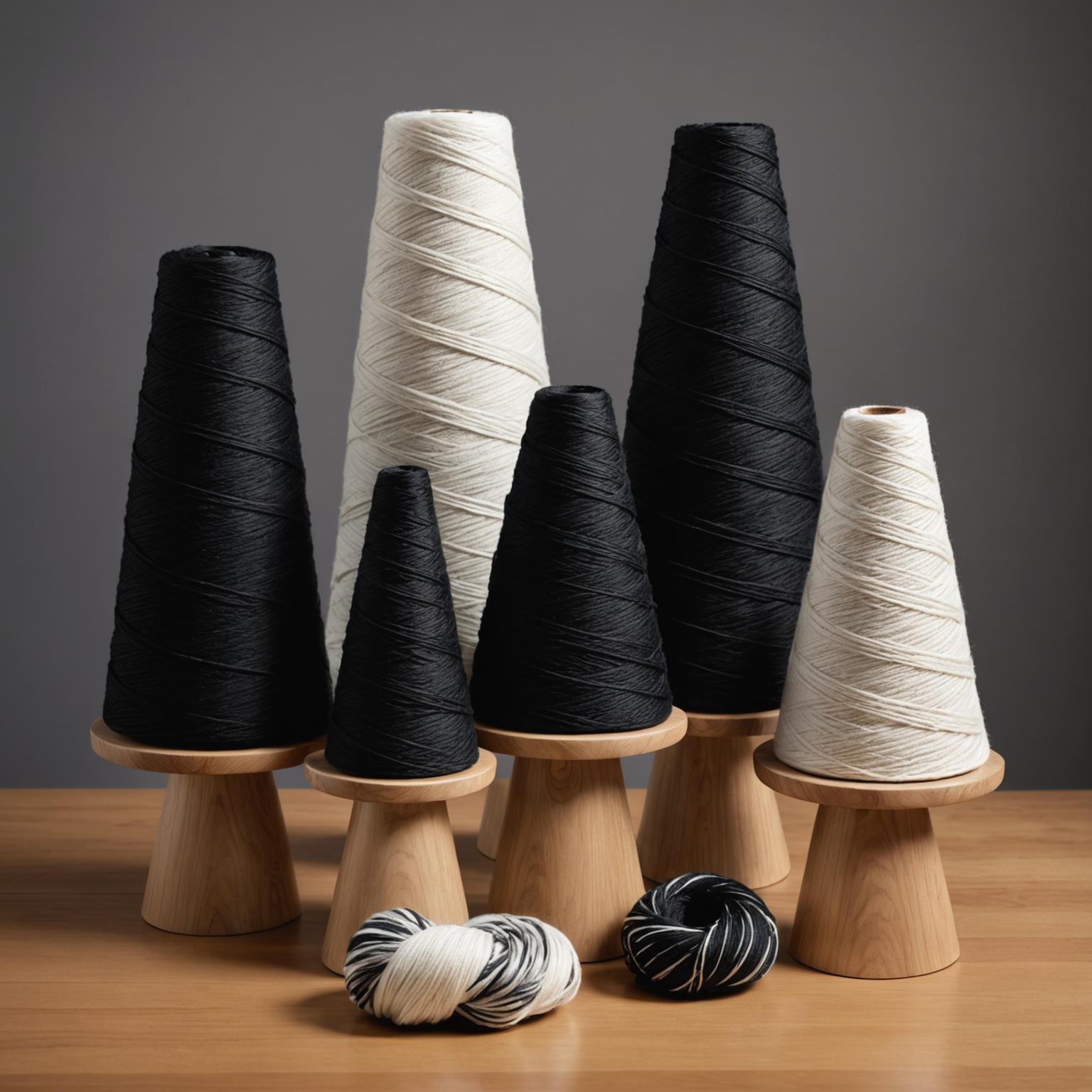
Understanding Non-Woven Fabric Manufacturing
The creation of nylon non-woven fabric is a testament to modern engineering. Unlike traditional textiles that are woven or knitted, the non-woven fabric manufacturing process involves bonding or interlocking fibers through mechanical, thermal, or chemical means. For nylon, this typically involves laying down filaments or staple fibers into a web, which is then bonded to create a strong, sheet-like structure. This method is highly efficient and allows for precise control over the material's final properties, such as thickness, porosity, and strength, making it a preferred technique for producing high-performance synthetic non-woven fabric for specialized tasks.
Why Nylon is a Durable Non-Woven Material
One of the primary reasons for nylon's widespread adoption is its status as one of the most durable non-woven materials available. It exhibits excellent tensile strength, meaning it can withstand significant pulling forces without breaking. Furthermore, it possesses high resistance to abrasion, chemicals, and heat, which ensures a long service life even in demanding environments. This inherent toughness, combined with its lightweight nature and elasticity, makes it an ideal choice for applications where both strength and flexibility are paramount. Its ability to be engineered for specific resilience levels makes it superior for heavy-duty uses where other materials might fail.
Exploring Diverse Nylon Fabric Applications
The superior properties of nylon lend themselves to a vast range of practical uses. The field of nylon fabric applications is constantly expanding, from industrial to consumer goods. In the automotive industry, it is used for carpets, air filters, and upholstery due to its longevity. In the medical field, it serves as a sterile and strong component in surgical gowns, drapes, and advanced wound dressings. It is also a key material for industrial filtration media, geotextiles for construction reinforcement, and even as backing for carpets and in apparel linings. This versatility ensures that the material continues to find new and innovative uses across different sectors.
Choosing Reliable Non-Woven Fabric Suppliers
For businesses that rely on high-quality textiles, partnering with the right non-woven fabric suppliers is critical to success. A reputable supplier can provide consistent material quality, customized specifications, and the technical support necessary to meet specific project needs. When sourcing materials like nylon non-woven fabric, it is important to consider factors such as production capacity, rigorous quality control processes, and the supplier's ability to innovate and adapt to new market demands. Establishing a strong relationship with dependable non-woven fabric suppliers ensures a stable supply chain for creating superior end-products, from industrial components to advanced consumer textiles.
The Enduring Legacy of Nylon
In conclusion, the journey of nylon fiber from a simple silk replacement to a high-performance engineered material is truly remarkable. Its conversion into durable non-woven materials through advanced manufacturing techniques has unlocked countless possibilities across a spectrum of industries. As technology continues to evolve, we can expect to see even more sophisticated uses for this incredible polymer, leveraging its unique combination of strength, resilience, and versatility to solve modern challenges and solidify its place as an indispensable component in the world of advanced textiles.







